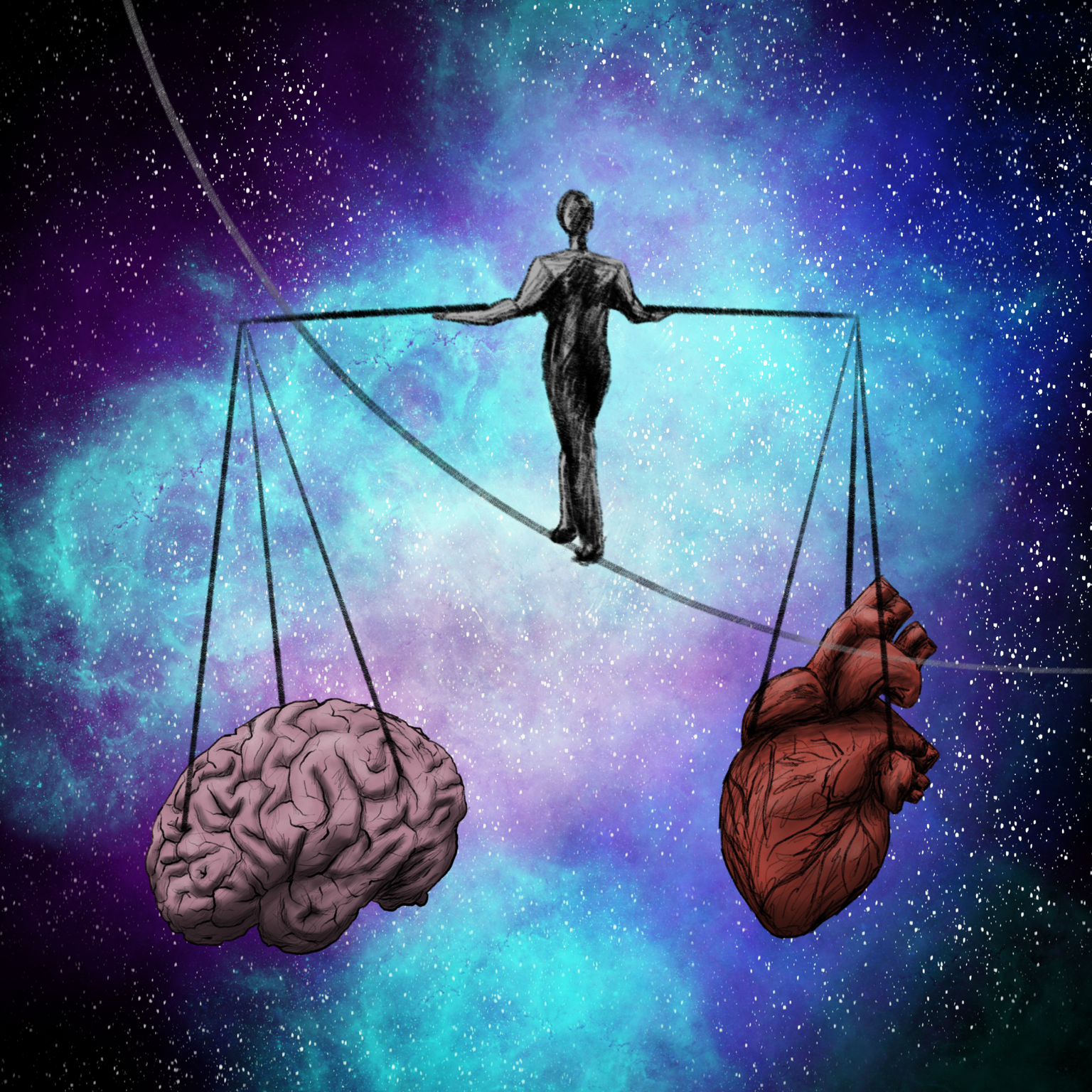By Jason Kanaginis, Year 12
Large-scale language model ChatGPT was created by OpenAI, one of the top artificial intelligence research organizations. Elon Musk, Sam Altman, Greg Brockman, Ilya Sutskever, and Wojciech Zaremba started Open Ai in December 2015. Chat GPT was first introduced in November 2022 and has since then reached massive success, amassing over one million users in the span of five days.
The model is intended to carry out a variety of tasks involving natural language processing, such as text summarization, question answering, and text production.
Deep learning and neural networks are the foundation of ChatGPT’s technology. The model can understand the structure and patterns of human language since it has been trained on a vast quantity of text data. With the use of this information, it can produce new text that is similar to the input it has been trained on in terms of both style and content. ChatGPT is built on the GPT (Generative Pre-training Transformer) architecture, which pre-trains a model on a significant body of text data using unsupervised learning. This pre-training enables the model to produce text that is very fluent and coherent, similar to what a person would produce.
Like similar language generation models, ChatGPT presents a number of potential issues for education. One drawback is that it can make it simpler for students to cheat or plagiarize on assignments and exams.
Another issue is that students may rely too heavily on technology to create answers or explanations when using language generation models in education, which might result in a decline in critical thinking abilities. As students may not be as driven to write their own replies if they know they can just utilize a language generating model, it might also result in a decline in writing abilities.
Educators and professors have generally reacted positively to ChatGPT viewing it as a beneficial resource for both teaching and research. It has been utilized to help with things like creating quiz questions and automatically grading written work. However, some educators have also expressed worries about the possibility that Chat GTP and similar models may take the role of actual instructors and the demand for appropriate moral standards for their application in the classroom.
Overall, even though Chat GPT and other language generation models may improve education in certain ways, it is necessary to think about any potential drawbacks and take precautions against them. This can entail adding media literacy and critical thinking into the curriculum and giving students the tools they need to assess the reliability of the information produced by such models.



